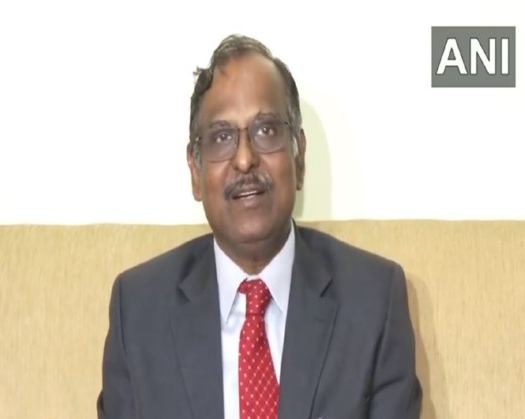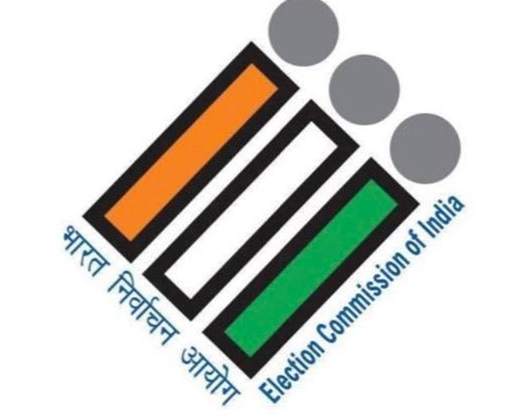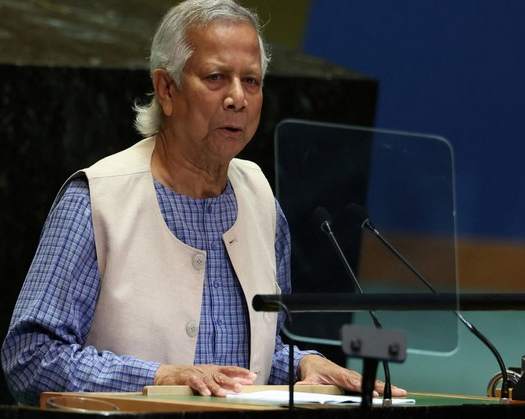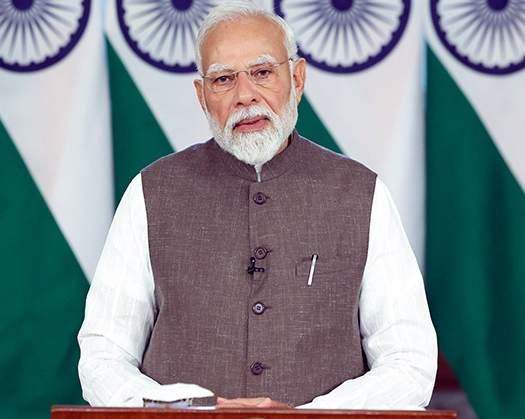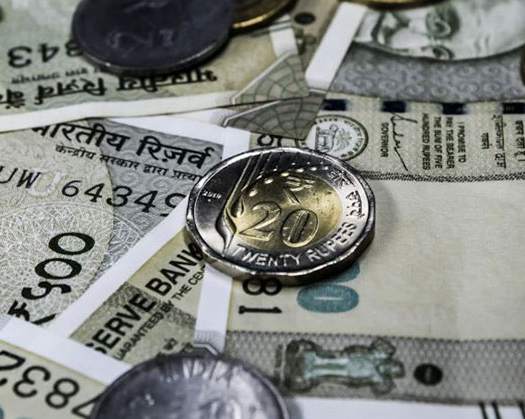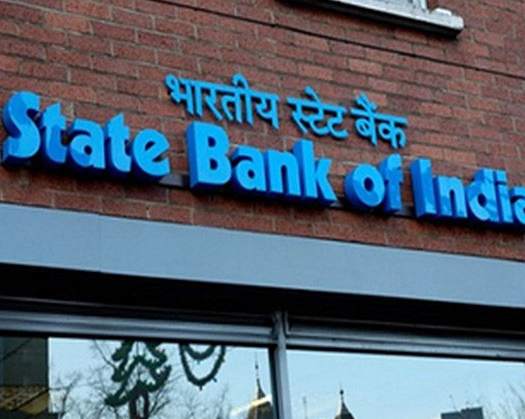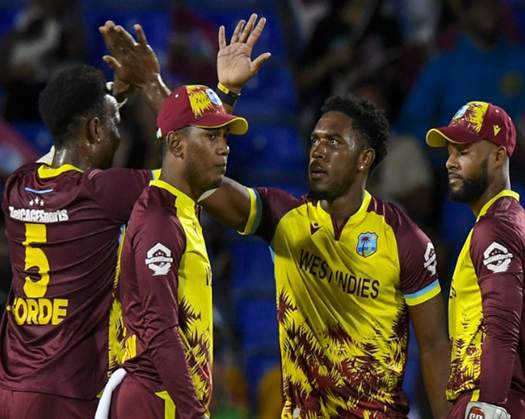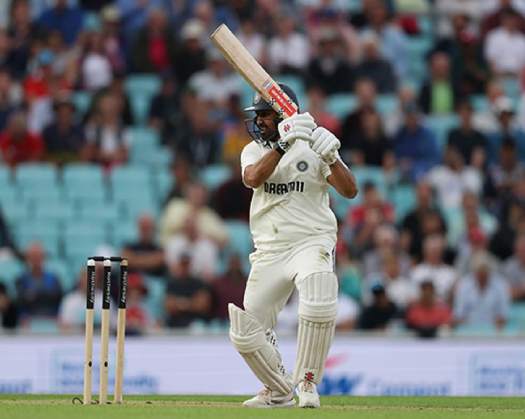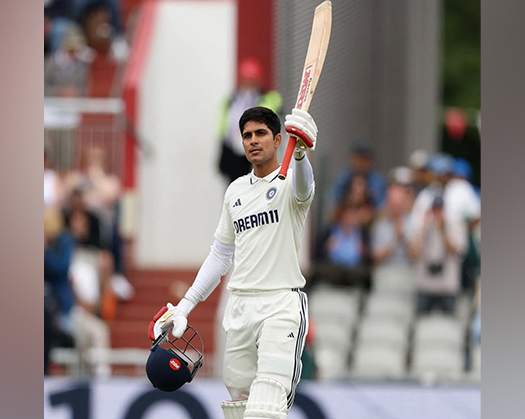Kolkata: According to Indian Space Research Organization (ISRO) Director V. Narayanan, 2025 is crucial because it has been designated as the Gaganyaan year.
According to the ISRO director, 7200 tests have been finished so far, with 3000 more scheduled.
The Gaganyaan Programme, which was approved in December 2018, plans for human spaceflight to Low Earth Orbit (LEO) as well as the development of technologies necessary for a long-term Indian human space exploration effort.
V. Narayanan addressed a function in Kolkata on Thursday.
This year is very significant for us. We have proclaimed this year as Gaganyaan year. Before dispatching the people, we have planned three uncrewed missions, the first of which is scheduled for later this year... More than 7200 tests have been conducted so far, with approximately 3000 more in the works. Work is ongoing 24 hours a day, according to V Narayanan.
V. Narayanan praised the completion of the SpaDeX objective. He stated that ISRO used ten kilos of fuel to complete this objective.
He also stated that several missions are planned for 2025, including the deployment of a NASA-ISRO synthetic aperture radar satellite by India's own launch vehicle.
Today, we are pleased to announce that the SpaDeX goal has been accomplished.
We budgeted ten kilos of fuel for this assignment, but we completed it using just half of the fuel, leaving the remaining fuel accessible. In the following months, you will hear about a number of experiments planned... This year, we have a number of key objectives planned, including the launch of a NASAISRO synthetic aperture radar satellite by our own launch vehicle, as well as a commercial mission and the launch of a communication satellite for commercial purposes.
According to ISRO's official website, the SpaDex mission is a cost-effective technology demonstrator mission that will use two tiny satellites launched by the PSLV to test in-space docking.
The ISRO chairman stated that the first uncrewed mission, dubbed Vyommitra, will be launched by December 2025, followed by two more uncrewed missions. In contrast, the organisation aims to launch the first human space flight by the first quarter of 2027.
By December of this year, there will be the first uncrewed trip, followed by two uncrewed missions, and we expect to launch the first human space flight by the first quarter of 2027. In fact, almost every month this year, a launch is planned. The first uncrewed trip carrying a robot named 'Vyommitra' will be launched by the end of this year, V Narayanan informed reporters.

